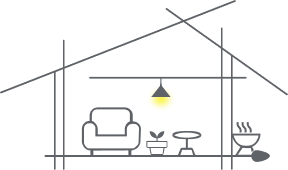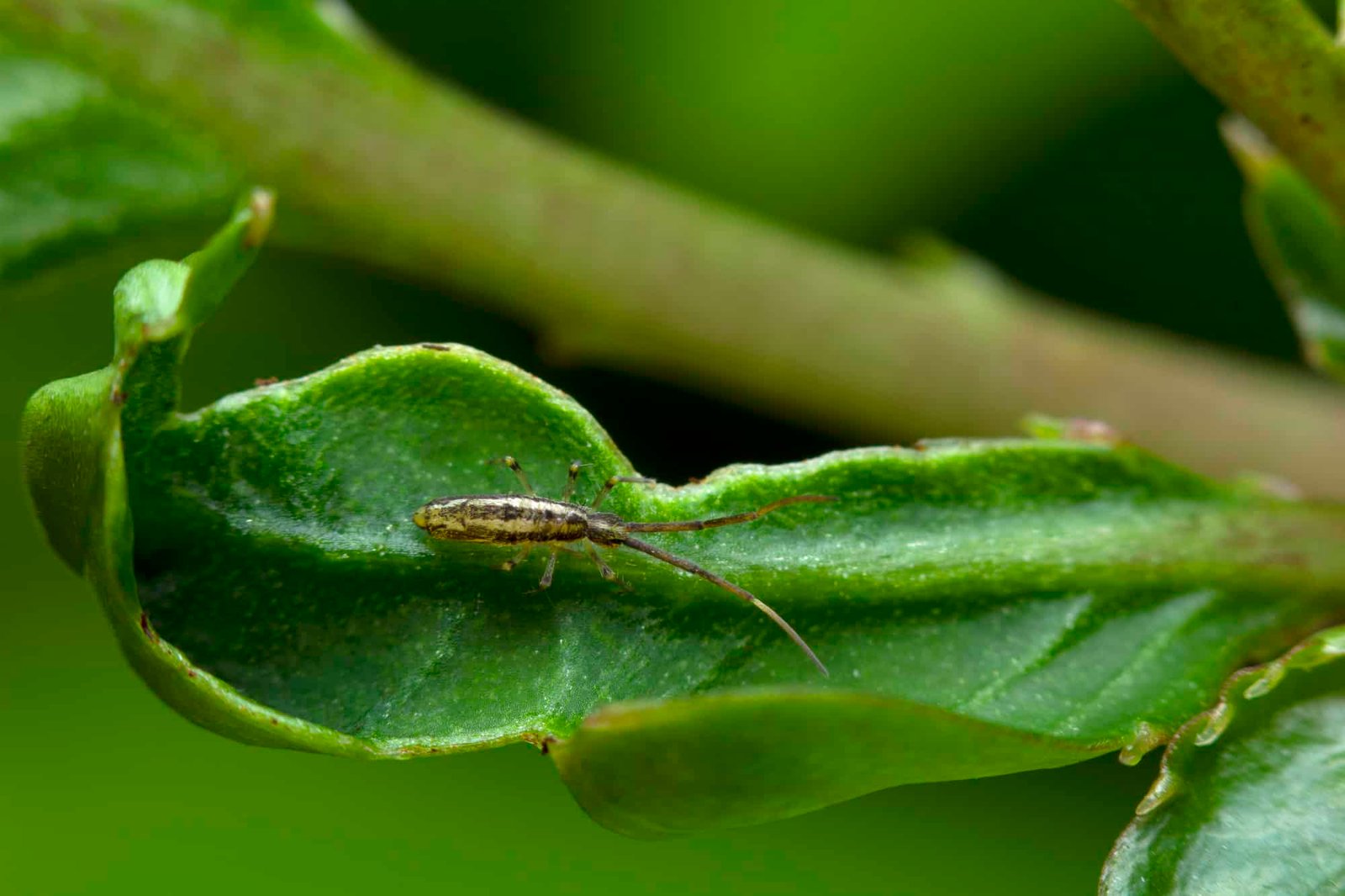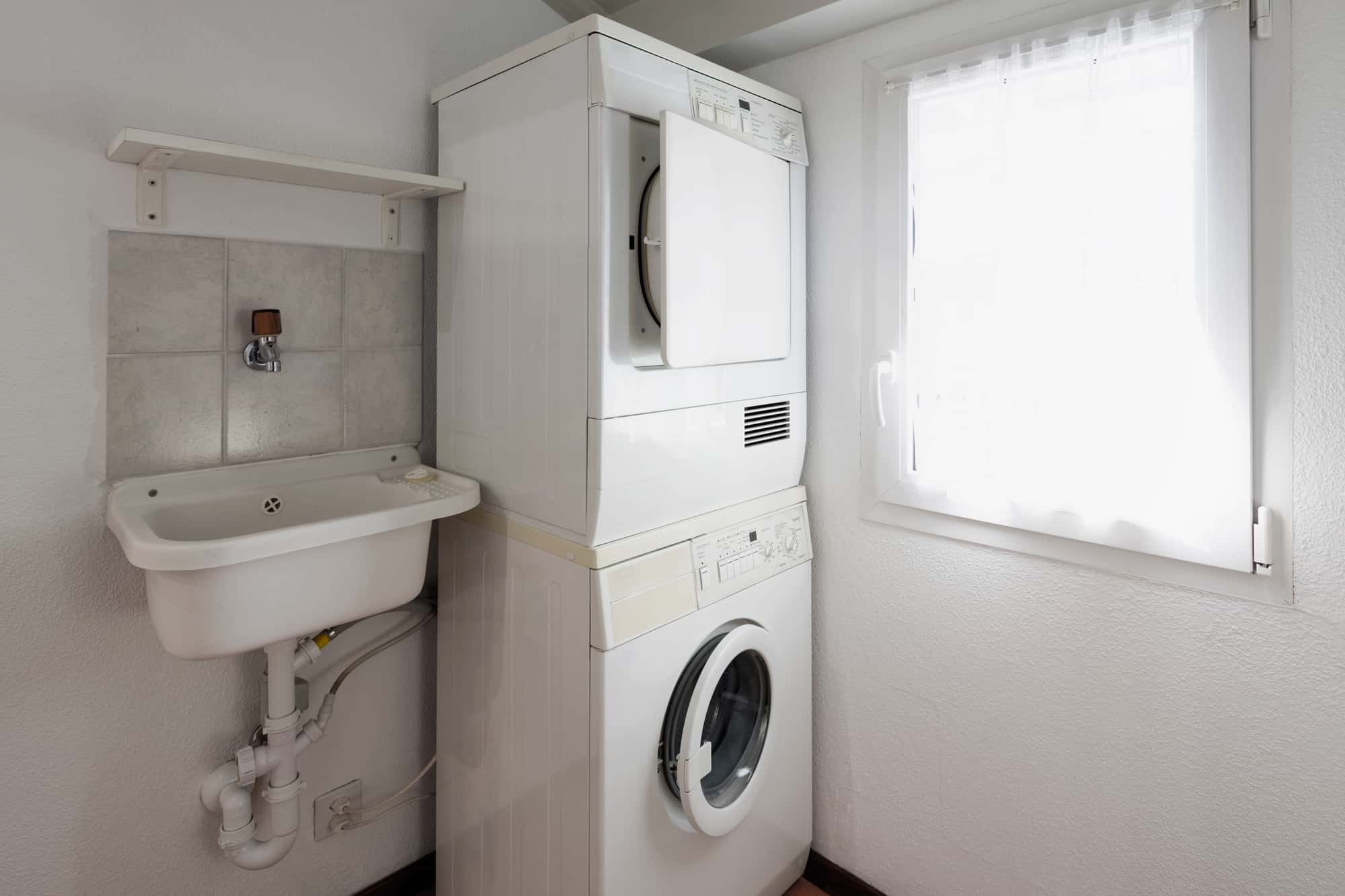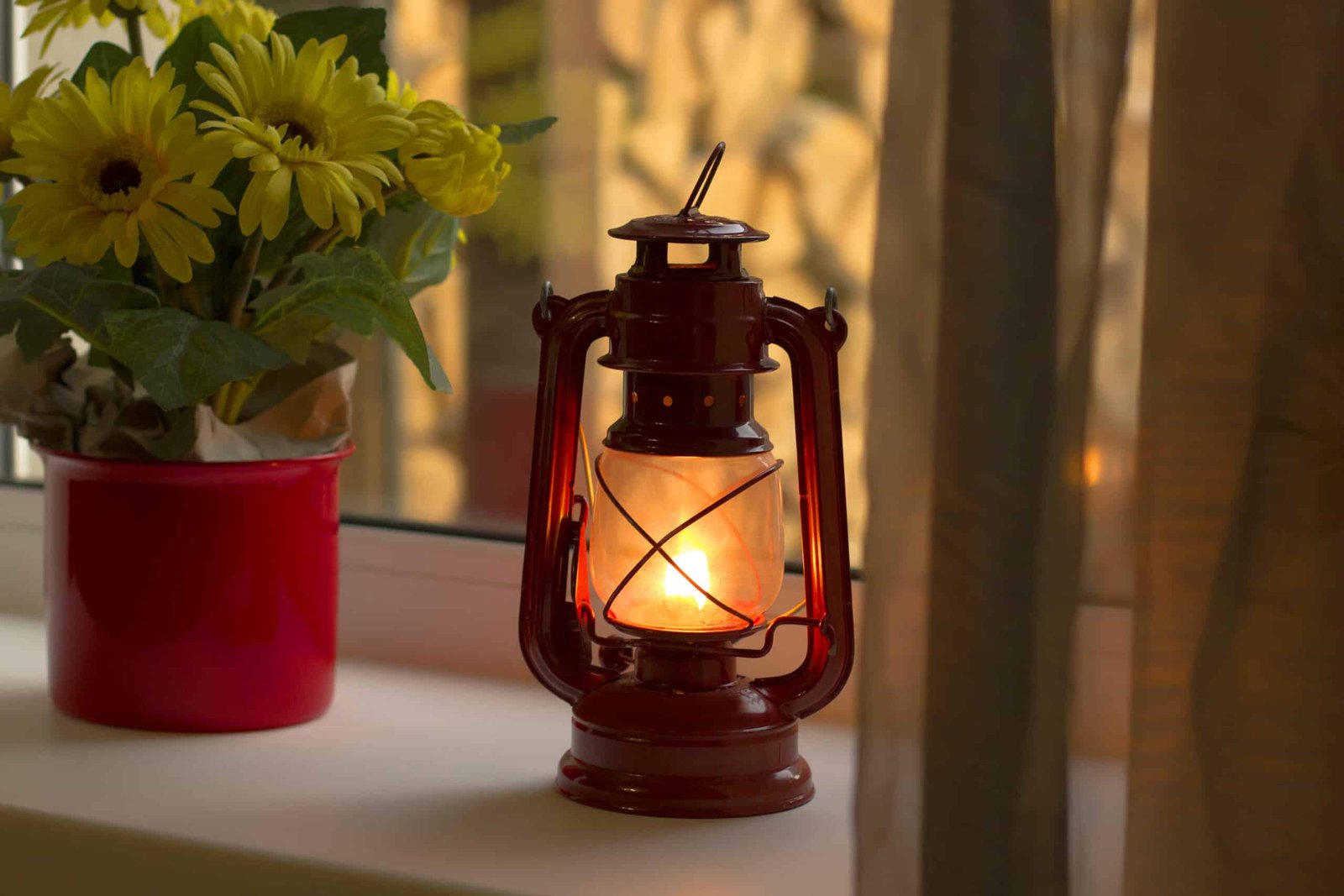If you have been noticing little bugs in your bed, you may have springtails. Springtails are small, pale insects that can be a nuisance. They are often found near water sources, such as drains or leaky faucets.
To get rid of springtails in your bed, ensure the environment is clean and free of moisture. These creatures love damp environments, so making your bedroom as inhospitable as possible is key.
If you want to know more about how to get rid of springtails, read on. We will share some innovative yet effective hacks to keep these bugs away from your bed!
Why Are Springtail Bugs in My Bed or Bed Sheets?
The most common reasons why these springtails might get into your mattress are:
Dampness
Dampness is one of the most common reasons for the presence of springtail bugs in your bed. These small, wingless insects are attracted to moist environments and can often be found near water sources.
If your bed is near a plumbing leak or other damp area, springtails are likely to make their way inside. To get rid of the springtail bugs, you’ll need to identify and address the source of excess moisture in your home.
Once you solve the moisture problem, the springtails are likely to die off or move on in search of a more hospitable environment.

Plants in Your Bedroom
If you have plants in your bedroom, springtails may have hitchhiked their way inside via the leaves or stems. These insects are often attracted to potted plants, which can easily be brought inside.
They are often found in damp or humid environments, and they feed on organic matter such as leaves and decaying plant matter. While they are not that harmful to humans, they can definitely be a nuisance if they find their way into your bed or bed sheets.
The most likely reason for this is the plants in your bedroom. Springtail bugs are attracted to plants as a source of food, and they can easily crawl into bed with you if there is a potted plant nearby.
If you have bedroom plants, it’s important to check them regularly for signs of springtail infestation. If you find any bugs, remove the plant from the room and treat it with an insecticide designed for small pests.
You may also consider removing any other potential food sources from your bedroom, such as crumbs or pet food. Doing this will make it more difficult for the springtails to survive.
Poor Housekeeping Practices
Springtail bugs can also be introduced into your bed or bed sheets if you have poor housekeeping practices. If you don’t clean your sheets regularly, they can become stained with food, sweat, and other organic material that attracts springtails.
To prevent springtail bugs from being introduced into your bed, it’s important to practice good hygiene and housekeeping habits. Wash your bed sheets regularly in hot water, and vacuum your mattress and box spring to remove any dust or dirt attracting these pests.
Ways To Get Rid of Springtails from a Bed
Here are some ways to get rid of springtails from a bed:

1. Vacuum the Bed Thoroughly
Vacuuming is a great way to remove springtails from a bed. Be sure to vacuum the entire bed, including under the mattress and any cracks or crevices. Ensure to empty your vacuum cleaner bag afterward to prevent the insects from escaping.
When vacuuming, pay special attention to any seams or tufts in the mattress, as these are common places for springtails to hide.
2. Use Pesticides
If vacuuming does not get rid of the springtails, you may need to use pesticides. Pesticides can effectively eliminate springtails, but it is important to use them properly. Always read the product label carefully and follow the directions for mixing and applying the pesticide.
Many different types of insecticide sprays can be used to kill springtails. Some insecticide sprays are safe to use around children and pets, while others are not. Be sure to choose a product that is safe for your family.
When using pesticides around people or pets, take precautions to avoid contact with the treated area. Finally, always dispose of leftover pesticides according to the product label instructions.
3. Wash Your Sheets With Warm Water
Any bedding that can be washed in hot water should be washed. Be sure to wash them on the hottest setting and dry them on the highest heat setting. This includes:
- Sheets
- Pillowcases
- Blankets
- Comforters
If any bedding cannot be washed, it should be thrown away. This includes:
- Pillows
- Stuffed animals
- Mattress pads
Be sure to wash all your sheets, pillowcases, blankets, and comforters. You may also want to consider washing any other fabric items in the room, such as curtains or clothing.
4. Use a Dehumidifier
Dehumidifiers can help reduce the moisture in the air, making it less hospitable for springtails. Place a dehumidifier in the room where the bed is located and run it until the room feels dry. You may need to empty the dehumidifier frequently to prevent it from overflooding.
5. Increase Air Circulation in Your Room
The best way to eliminate springtails is to increase the air circulation in your room. By doing this, you will create an inhospitable environment for them. Springtails thrive in humid and moist conditions, so you will make it more difficult for them to survive by ventilating your room.
Open windows and doors to let fresh air in, and use fans to circulate the air. You may also consider using an air purifier to remove any excessive moisture from the air.
6. Use Diatomaceous Earth
Diatomaceous earth is a fine white powder made from fossilized algae residue (source: WebMD).
You can find diatomaceous earth at most hardware stores. To use diatomaceous earth, sprinkle it around the room’s perimeter where the bed is located.
Be sure to apply it liberally so that the springtails will come into contact with it. You may need to reapply it every few days until the infestation is gone.
Be sure to follow the instructions on the packaging before using it. Also, wear a dust mask to avoid inhaling the diatomaceous earth and gloves too. You should also keep children and pets away from the area until the powder has been cleaned up.
7. Get Rid of Plants in Your Bedroom
Plants can harbor springtails, so getting rid of them is a good way to reduce the number of insects in your bedroom. Be sure to check potted houseplants and any other plants in the room.
This may seem like an extreme measure, but it will quickly reduce the amount of moisture in the area and make your home less attractive to springtails. If you still want to keep plants in your bedroom, water them regularly and keep the leaves dry.
8. Address the Moisture Problem
These pests are attracted to moisture, so they often sneak into homes through damp cracks and crevices. Once inside, they can quickly multiply, leading to a pest infestation. Springtails are also difficult to control because they can jump long distances and move rapidly.
As a result, traditional pest control methods, such as spraying insecticide around the perimeter of your home, are often ineffective.
The best way to eliminate springtails is to address the moisture problem attracting them in the first place (source: University of Nebraska – Lincoln Lancaster County Extension)
Repair any water leaks, ventilate moist areas, and remove sources of standing water. Eliminating moisture will make your home less attractive to springtails and other pests.

9. Use Clove Oil
Clove oil is a natural pest control method that can help get rid of springtails. Simply add a few drops of clove oil to a spray bottle filled with water and spray it around the affected areas. The strong scent of the oil will repel the springtails and other pests.
It’s not just clove oil, several essential oils can be used to repel pests. Peppermint oil, lavender oil, and eucalyptus oil effectively repel springtails and other insects.
Springtails vs. Bed Bugs – Are They the Same?
Bed bugs and springtails may share similarities, but they are different. Bed bugs are tiny, brown, red, or black wingless pests that feed on the blood of animals, including humans.
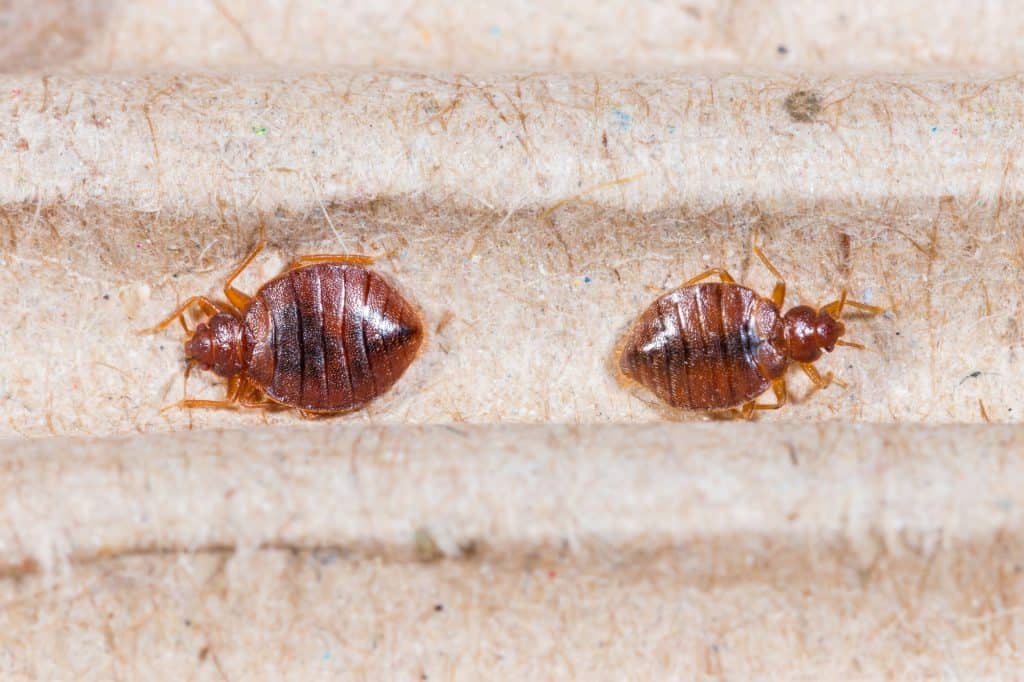
Conversely, springtails are small jumping insects that mainly feed on decaying organic matter (source: Clemson Cooperative Extension).
While Springtails can be a nuisance pest, they are not known to transmit diseases.
Springtails are also much smaller than bed bugs – only about one to six millimeters (0.04 to 0.2 inches) in length. Bed Bugs are about the size of an apple seed. So if you find very small insects in your bed, chances are they’re springtails and not bedbugs.
Fortunately, Springtails are harmless to humans and do not bite (source: University of Minnesota Extension). However, they can be a nuisance because they congregate in large numbers.
If you’re dealing with a springtail infestation, the first step is to identify the source of the problem. Once you’ve done that, you can take some of the steps outlined here to resolve the issue and get rid of the bugs for good.
